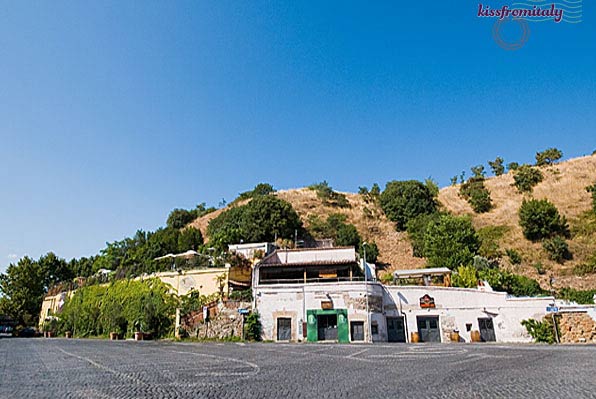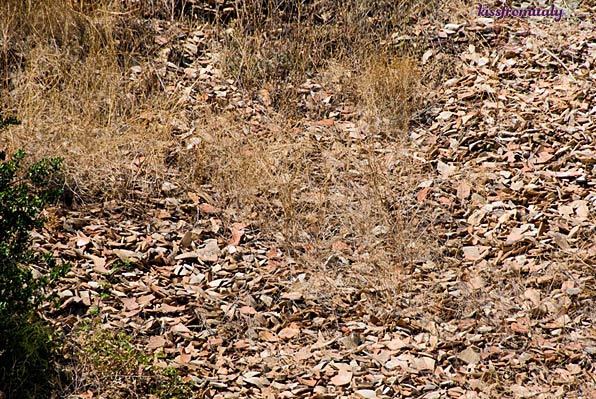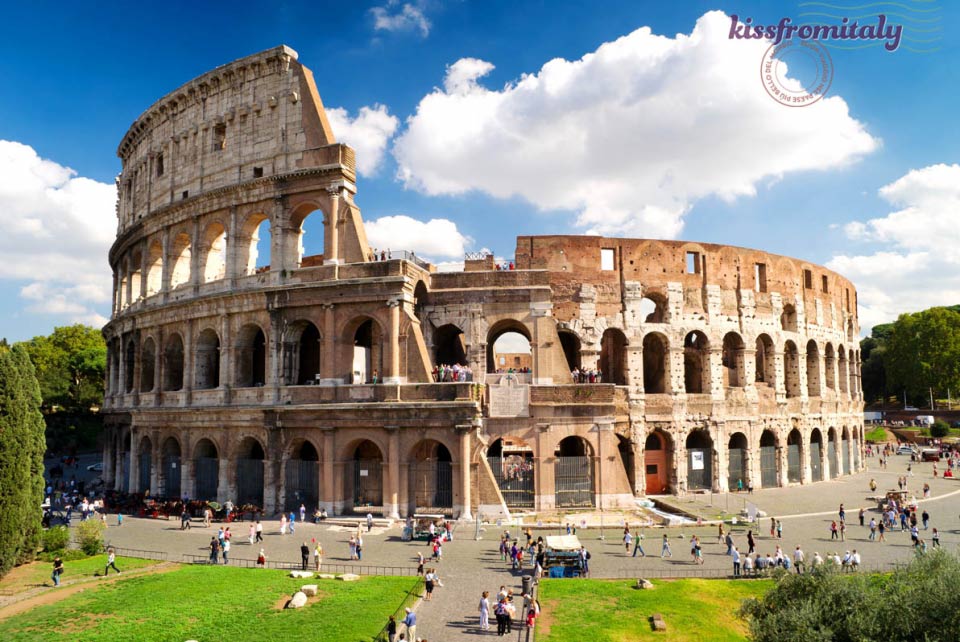
The Ancient Hill in Rome Built from Millions of Broken Amphorae
Monte Testaccio – also known as Monte dei Cocci – is one of the most fascinating and unusual archaeological sites in Rome. Unlike a natural hill, Monte Testaccio is entirely man-made, formed from over 50 million pieces of broken terracotta amphorae dating back to the Roman Empire.
Located near the Tiber River in the Testaccio district, this "hill of pottery" offers a unique insight into the daily life, trade routes, and food economy of ancient Rome. Today it remains one of the most overlooked yet historically rich places to visit in Rome, and one of the last remaining true hidden gems of the Eternal City.
What Is Monte Testaccio?
Monte Testaccio was built between 140 and 250 AD from discarded olive oil amphorae that arrived in Rome from provinces such as Spain and North Africa. Each amphora held around 70 liters (18 US gallons) of oil, and after being emptied, the containers could not be reused. Instead of being thrown randomly, the broken jars were carefully stacked, layer after layer, until they formed a hill nearly 35 meters high.
Archaeologists estimate that the site contains fragments from at least 25 million amphorae, making Monte Testaccio one of the most important sources of information about the ancient Roman olive oil trade.
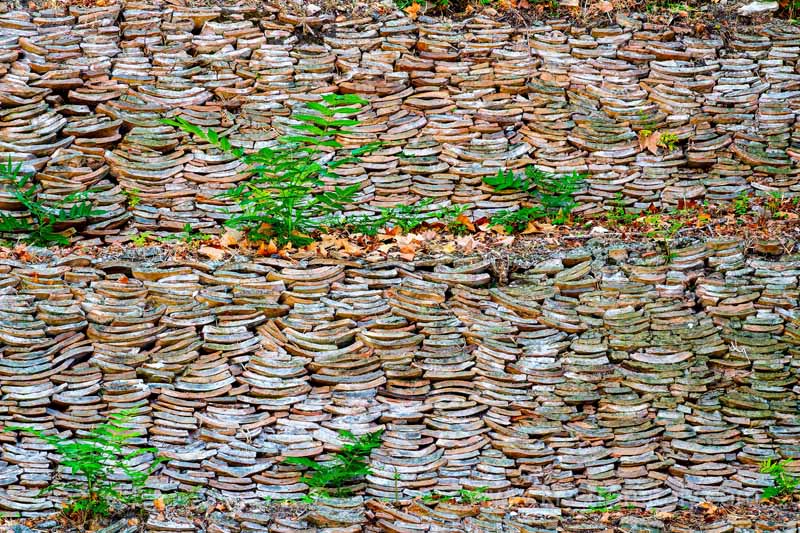
Why Monte Testaccio Matters to Archaeologists
The amphorae were often stamped with information about the weight of the oil content, the geographic origin, the producer of the amphora and the name of the inspector who weighed it.
These markings have helped researchers reconstruct commercial routes, economic systems, and even dietary habits in ancient Rome. Monte Testaccio is often called the "archaeological archive of Roman trade."
Gallery
From Roman Dump to Sacred Site
The dumping of amphorae stopped around 260 AD, probably because the main river port of Rome moved. During the Middle Ages, the hill became a place of public celebrations, including Carnival games and festivals. By the 15th century, Monte Testaccio was used as the final station of the Via Crucis (Way of the Cross) on Good Friday, due to its resemblance to Mount Calvary.
Monte Testaccio Today
Today, Monte Testaccio is a protected archaeological area and can be visited only through guided tours. The surrounding district is one of Rome’s best neighborhoods for nightlife, street food, and traditional Roman trattorias. Several restaurants and wine cellars are built into the base of the hill – some even display the ancient amphora fragments through glass panels.
Visitors can also explore nearby attractions such as:
- The Protestant Cemetery
- The Pyramid of Cestius
- The Testaccio Market
- The ancient Horrea Galbae warehouse area
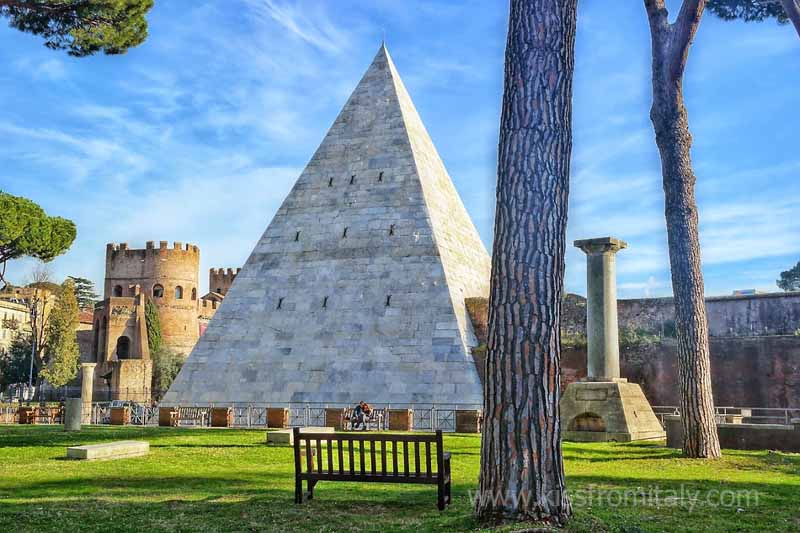
How to Visit Monte Testaccio
Access to the interior and summit of Monte Testaccio is only possible with an authorized guide, making it a perfect stop on an archaeological tour of Rome.
If you would like to include a guided visit to Monte Testaccio in your itinerary, please contact us – we’ll be happy to arrange a personalized tour.


